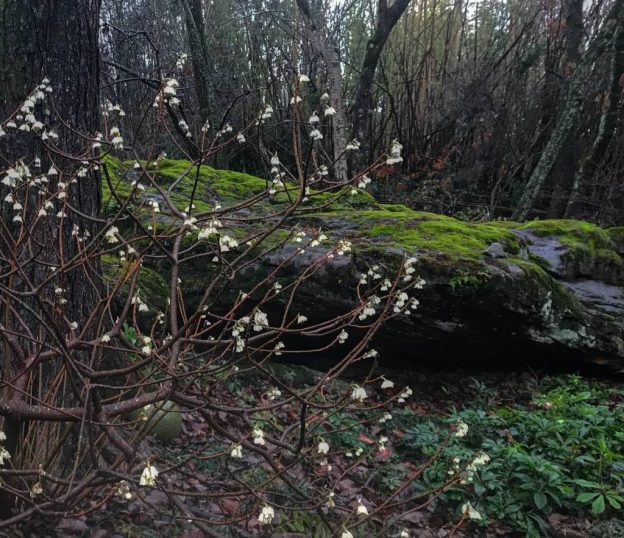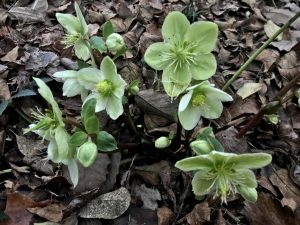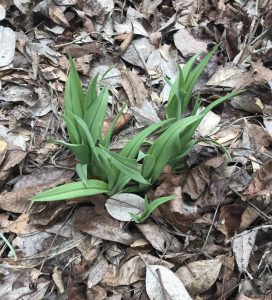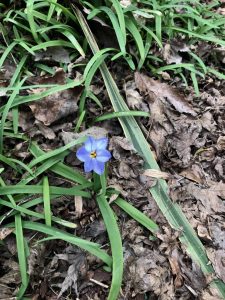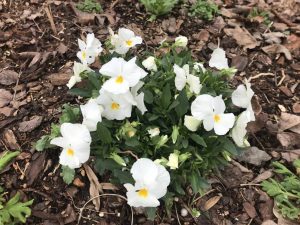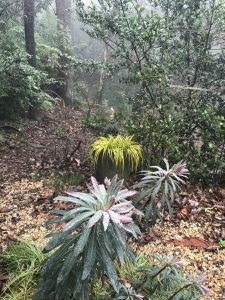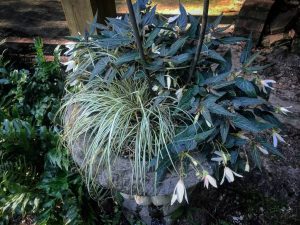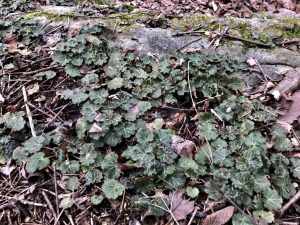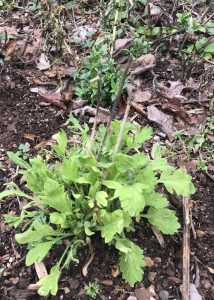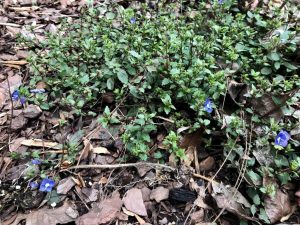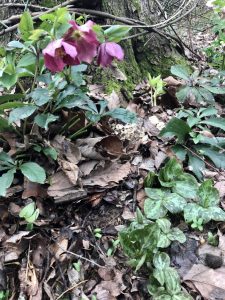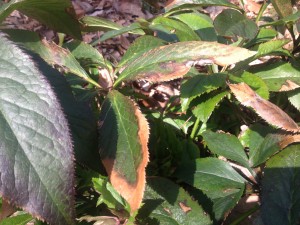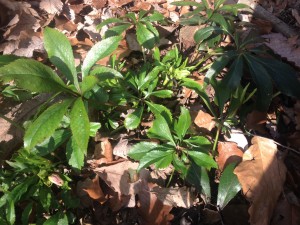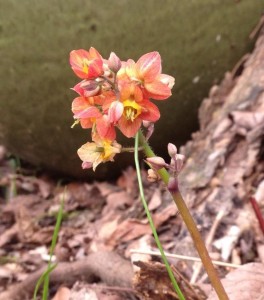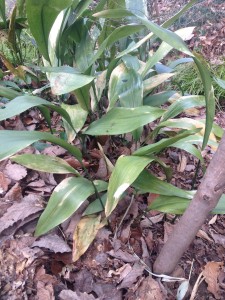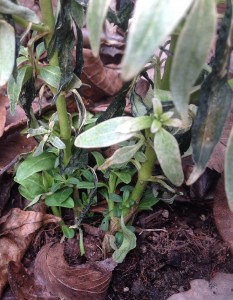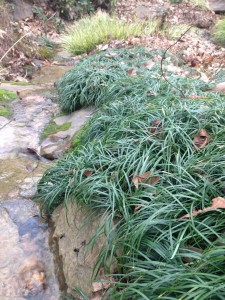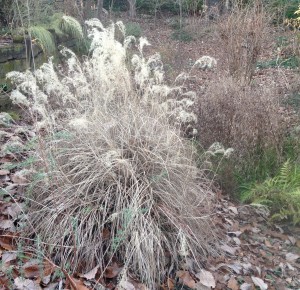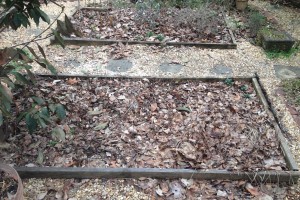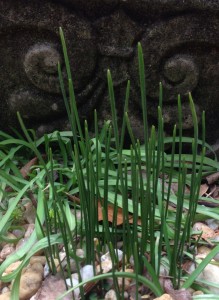Recently on a weekend off I spent a bit of an afternoon doing some necessary chores in the garden and much of the rest simply piddling.
I enjoy observing my plantings, checking buds on shrubs and trees, and scratching through the leaf litter looking for signs of life from perennials I know are there but just not awake yet.
I call these tours of the garden ‘taking a walk.’ When I say that, my husband knows I’ll be gone a while, and, if it’s in the afternoon, he usually has a glass of wine ready for me, knowing I’m not planning on doing any serious work.
Earlier in the day I’d cut back the Carex ‘Blue Zinger’ that is slowly beginning to take over the corners of some raised beds where I’d planted it a few years ago.
The Carex family is a tough group of plants, and this one has a beautiful blue hue that I admire. A couple of other carex in my garden include ‘Evergold’, a cream and green variegated selection, and ‘Everillo’, a chartreuse beauty that lights up any shade area its placed in.
The larger areas of mondo grass will be tackled soon, as February is the month to get all the ornamental grasses cut back to make way for fresh new growth.
Some plants hug the ground tightly, as if hanging on for dear life. The strawberry begonias are like that. I know in another month or so though that their delicate white flowers will be reaching for the sky.
This winter saw a few cold snaps, but even so, with this string of very wet days and warmer temperatures, the pansies will hopefully begin to look happier, not hunkered down and miserable but plump and full of buds and blooms.
I deadhead the ones that need it and notice the poppies I’d planted last fall are taking on their characteristic spring fullness as well.
The snapdragons have green growth beginning to show below the brown tops, and there are larkspur seedlings coming up between them too. Sometimes it’s a waiting game, requiring patience to see what will be.
The tiny ipheion are beginning to bloom, the earliest of my bulbs, their flowering always coinciding with the first of the veronicas, ‘Georgia Blue’. I make a note to combine these two for an early symphony of blue next year.
Of course the Lenten roses are blooming, stalwarts of the shade garden, and I diligently pull seedlings that come up each year too close to a patch of prized trillium.
This year I’ve added some hybrid Lenten roses in beautiful hues with blooms held proudly – they’ll stay in one spot rather than seeding themselves and cavorting through the garden like the others.
I turn away and spot the very first bloodroot bloom and immediately go to check another area I know they’ll be, but there’s no sign of them. Microclimates at work!
Golden leaved Sedum makinoi ‘Ogon’ is filling a small trough planter and looks none the worse for the winter. It’s also in other containers and in the ground as well.
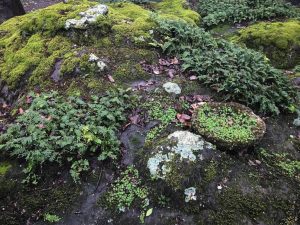 Sedum makinoi grows at the very top of the rock outcrop, happily mingling with resurrection fern. I clamber up the rocks, to check it out.
Sedum makinoi grows at the very top of the rock outcrop, happily mingling with resurrection fern. I clamber up the rocks, to check it out.
I continue on with my walk and notice the ipheion isn’t blooming quite yet at the base of a bird bath.
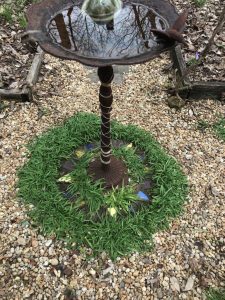 Native azalea buds are full of promise. I love their honeysuckle-like fragrant blooms and can almost smell them, but no, that’s the edgeworthia. It and the daphne are at their best now and perfume the air. Next month will be the native azalea’s time.
Native azalea buds are full of promise. I love their honeysuckle-like fragrant blooms and can almost smell them, but no, that’s the edgeworthia. It and the daphne are at their best now and perfume the air. Next month will be the native azalea’s time.
I make my way back to the house, past the Spiraea ‘Ogon’, in full bloom with it’s tiny white flowers. I know that froth of white will soon give way to chartreuse, airy foliage, yet another promise of spring on a gray, February day.
By Kris Blevons

